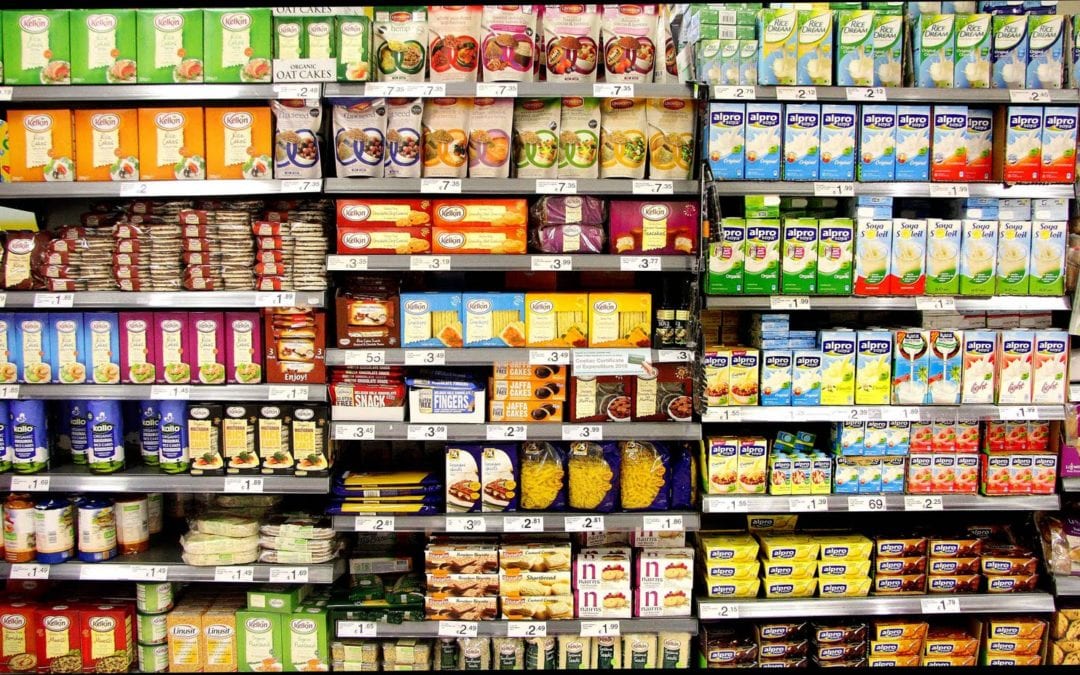How Product Placement Can Make Or Break Your Sales
Welcome to the first entry of our mini-series “5 Aspects of Retail Execution That Can Hurt Your Business”. Today we will go over various aspects of product placement. Stay tuned for more articles!
A lot of work and planning goes into generating successful sales, starting from marketing and advertising, all the way down to store-level execution. So, let’s say you’re executing the strategy you’ve designed down to the last detail to ensure success but are still registering disappointing results. Is there something going on – at store level – that is negatively affecting your product’s performance? Product placement might be one of the reasons. Let’s take a look at how it works and how it affects your business.
What is product placement?
Product placement generally refers to where your product can be found at a retail store. However, when it comes to in-store execution, the broader concept of product placement can be broken down into three simple questions:
- In which section did the store stock your product?
- Where is it on the shelf?
- Is there consistency of your product placement among chain stores?
Where are you stocked?
You know what your product is all about, therefore you plan to have it displayed in a specific area of the store. But is the product really in the section you planned for? The misplacement of your products can greatly hurt your brand visibility and accessibility to customers.
For example, if you specialize in fresh natural juice you might plan to have your product displayed in both the produce section and grab-and-go drink aisle. But what if the store places you exclusively in the produce section? You lose half of your product visibility because only consumers browsing the fresh groceries corner will come across your product.
 Where are you on the shelf?
Where are you on the shelf?
We all know the saying “Eye level is buy level.” However, not all brands can afford the optimal spot in the store. Still, as a brand you expect your product to be where you negotiated and, possibly, paid for it to be. So what happens when your product is not on the shelf where it’s supposed to be? You guessed it: You miss an opportunity to introduce your product to potential buyers. And you might also lose loyal customers. Sometimes consumers don’t have the time to look for your product and will choose to buy from a competitor.
Is there consistency for your product placement among store chain locations?
After determining where in the store you want your product to be displayed, you should not assume that your product will be in the same spot at each of the store locations. Perhaps 4 out of 5 stores stock your product in one section, while the last one places it somewhere else. So, what happens next? A consumer who is used to finding your product in one specific spot will go to a different store location and suddenly find themselves confused because your product is not where it’s supposed to be. From this point on, two things can happen: The consumer is loyal to your brand and searches until they find your product, or they decide to buy a different product. Bottom line: The risk of losing either a loyal customer or a potential buyer is real.
Product placement is only one of the factors that can increase or hurt your sales. Much more goes into retail execution that can help your brand. In upcoming articles, we will explore other aspects of retail merchandising. Stay tuned for more!
If You Enjoy Our Blog Sign Up To Our Newsletter!
Share your email address and you will receive weekly and monthly updates and articles.

Huge eye opener. Even the most loyal buyers among us can switch brands in a heartbeat if we don’t find exactly what we are looking for.